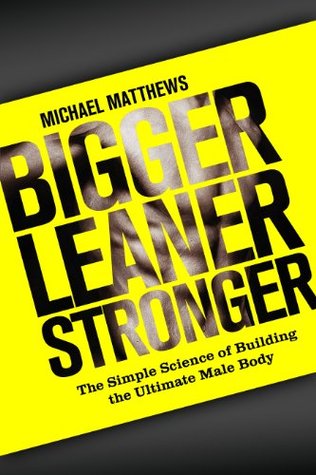More on this book
Community
Kindle Notes & Highlights
Read between
September 5 - September 7, 2024
the real “secret sauce” of the fitness elite can be summed up like this: They control their calorie and protein intake. They mostly eat nutritious foods. They do at least a few hours of strength training per week.
Self-care is meant to be a sojourn, not hearth and home. Linger there for too long and it’s procrastination; leave it out for too long and it’s punishment. The trick is knowing how to thread this needle, how to get the work done without ravaging the worker.
The only way to lose at this game is to give up. That’s the only mortal sin. No matter how many times you go off the rails, so long as you get back on course, you can’t mess this up. Fitness isn’t a contest with winners and losers. There are no deadlines or duels, distinctions or demerits. Fitness is like love, laughter, and learning—a wellspring of health and happiness to pursue purely for its own sake. Fitness isn’t fleeting. It’s forever.
we should discipline ourselves to keep our eyes on the road, not slow down and take in the scenery.
Exercise’s effects are immediate, too, and it doesn’t even take a lot to boost willpower. For example, research shows that just five minutes of low-intensity exercise outdoors is enough to improve your mental state.
you’ll lose weight only when you consistently eat fewer calories than you burn, and the only way to fail to lose weight is eating too many calories too consistently, not flouting or following the wrong arbitrary eating rules.
The argument against eating red meat relies on evidence that shows an association between red meat (particularly processed red meat) and cancer and heart disease. It’s worth noting, though, that much of this research is based on relatively low-quality studies involving sedentary, often overweight people following a standard Western diet awash with highly processed foods. Thus, it’s hard to say how eating red meat or even processed red meats would affect active, lean, healthy people who are also eating lots of fresh fruits, vegetables, and whole grains.
The highest quality research available on red meat eating shows that it isn’t unhealthy and that reducing red meat consumption has no significant benefit. Moreover, meat also provides a good source of protein and nutrients difficult to get with vegetarian and vegan diets, like iron, zinc, and creatine. Dairy and eggs are two more animal foods often wrongfully attacked as unhealthy. Despite claims to the contrary, studies show that milk doesn’t cause weight gain or cancer, doesn’t degenerate your bones, and doesn’t contain unhealthy amounts of hormones, pus, or blood. Research also shows that
...more
They mistakenly assume that more food means more muscle and so try to eat like a Clydesdale—20, 30, or even 40 percent more energy than they burn every day. Unfortunately, research shows that the “sweet spot” for goosing muscle gain is eating between 5–10 percent more calories than you burn, and eating more than that will only cause you to gain more fat, not muscle.
No matter what you do in the gym, you’ll never get the full payoff unless you also know what to do in the kitchen. This explains why people can sweat blood in their training, yet look like they’ve never even seen a barbell or bicycle, let alone spent countless hours with them.
The answer is an evidence-based system of eating known as “flexible dieting,” and it has four steps: Control your calories. Eat plenty of protein. Eat plenty of nutritious, relatively unprocessed foods. Eat a balance of carbohydrate and fat that works for you.
3–5 | 9–12 | 9–12 | 75–85 | 1–3 | 2–4 | 8 No, that isn’t a secret code you have to break. It’s the “secret” to building the body you’ve always wanted. Here’s what it means: Do 3-to-5 strength training workouts per week. Do 9-to-12 hard sets per major muscle group per week. Do 9-to-12 hard sets per workout. Use 75-to-85 percent of one-rep max. End most hard sets 1-to-3 reps shy of muscular failure. Rest 2-to-4 minutes in between hard sets. Take it easy every 8 weeks.
End Most Hard Sets 1-to-3 Reps Shy of Muscular Failure
When strength training, using a full range of motion is important because it’s more effective for gaining muscle and strength than a shorter range of motion (because it makes your muscles work harder), and it also can reduce the risk of joint pain and injury by distributing the stress produced by the exercise over the entirety of your joints. For instance, the first several inches of a
Do one-to-three hours of cardio per week. Mostly do low- and moderate-intensity cardio. Do cardio that you enjoy.
let’s just focus on the four supplements that’ll be most helpful for you: Protein powder Multivitamin Fish oil Creatine


